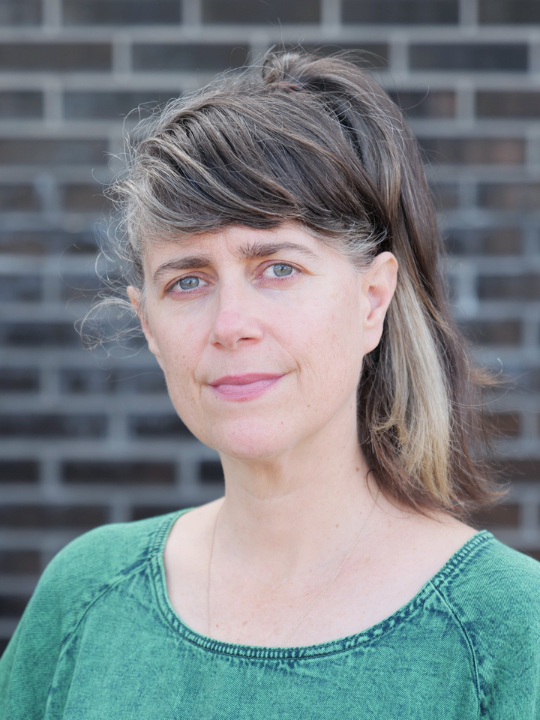The John Simon Guggenheim Memorial Foundation has appointed two University of Houston professors to its centennial class of Guggenheim Fellows, one of the world’s most prestigious honors for scholars in the arts and humanities.
Anna Mayer, an associate professor in the Kathrine G. McGovern College of the Arts, and francine j. harris, an English professor in the College of Liberal Arts and Social Sciences, were among 198 distinguished creative artists chosen from nearly 3,500 applicants.
“It speaks volumes that two UH professors are 2025 Guggenheim Fellows. Selection for these fellowships is no easy feat and quite competitive. This accomplishment truly reflects the immense talents of our faculty. It also is proof that our students are learning from some of the nation’s top creative minds.” - Diane Z. Chase, UH senior vice president for academic affairs and provost
Mayer and harris (who chooses to write her name without capitalization) are the University’s 18th and 19th recipients of a Guggenheim Fellowship. UH is one of only two Texas institutions to receive appointments this year, along with the University of Texas. They will each receive a monetary stipend to pursue their work independently and with as much creative freedom as possible, without specific requirements or restrictions.
Honorees in the 100th class of Guggenheim Fellows represent 53 scholarly disciplines and artistic fields, 83 academic institutions, 32 states and the District of Columbia, and two Canadian provinces. Since its founding in 1925, the Guggenheim Foundation has awarded over $400 million in fellowships to more than 19,000 Fellows.
“We believe that these creative thinkers can take on the challenges we all face today and guide our society towards a better and more hopeful future,” said Edward Hirsch, award-winning poet and president of the Guggenheim Foundation.
Anna Mayer

Mayer creates ceramic sculptures from clay that point to historic attitudes towards land. She says the project she will undertake as a Guggenheim Fellow will further her work to understand settler colonial legacies within art history and contemporary land use.
“I am honored to be recognized by a foundation explicitly committed to fostering the ‘freest possible conditions’ for scholarship,” Mayer said. “It is profoundly meaningful to be recognized with a group of so many accomplished practitioners who are committed to supporting life.”
Mayer’s project comes directly from research she did for a class she teaches at UH.
“It’s just one example of how working with UH students is an incredible part of my life, one that allows me to continue developing as an artist and person, alongside my students,” she said. “I am also continually inspired by UH's long held commitment to fostering diverse art ecologies in relationship to the deep research happening across campus.”
francine j. harris

Award-winning author francine j. harris has written three poetry collections, including “Here is the Sweet Hand” which won the National Book Critics Circle Award. Her work is celebrated for its syntactical daring, emotional depth and exploration of a variety of contemporary personal and social themes.
“Receiving the Guggenheim Fellowship is both an honor and an affirmation, and it comes at a pivotal moment when we find ourselves fighting for academic freedom,” harris said. “This is crucial support for the creative arts, the humanities and our vulnerable scientific communities. I am incredibly honored to be part of this 100th class of Fellows and grateful for the Foundation’s creative support.”
harris often writes about intimacy and the intersections of nature and industry, and she is interested in the effects of violence and trauma on the individual and collective psyche – themes she plans to focus on through her fellowship.
“Poetry is an incredibly adaptable art form – it allows for exciting explorations in language, rhythm, form and meaning,” harris said. “In my work, I am drawn to poetry for its ability to help us advance language and find new frameworks of meaning and connotation – and to expand our imagination.”